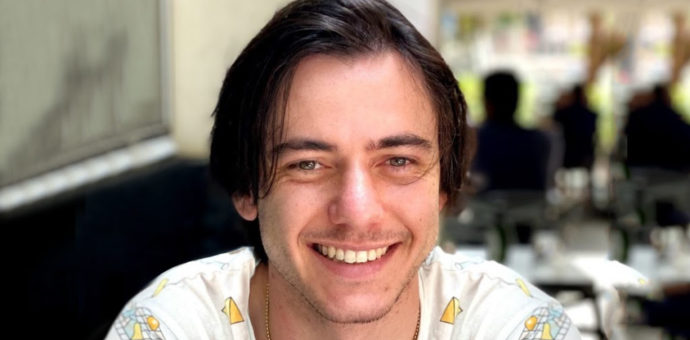A computer science student at MIT decided in 2014 to make a bitcoin airdrop. The idea was to give each undergraduate student at the Massachusetts Institute of Technology US$ 100 in bitcoin.
Seven months later – with half a million dollars in donations from former students and bitcoin enthusiasts – Rubin offered to do just that, and 3.108 students accepted it.
At the time, 1 bitcoin cost US$ 336, far less than today’s US$ 40,000. If all recipients of this free bitcoin had saved their bitcoins, the “MIT Airdrop” collective would be US$ 44.1 million richer at today’s prices.
Many have cashed their bitcoins
Not everyone got richer, though. According to the researchers who tracked the fate of these bitcoins, 1 in 10 cashed out in the first two weeks. By the end of the experiment in 2017, 1 in 4 had cashed out.
One of the people who drew on his resources was Van Phu, now a software engineer and co-founder of the exchange Floating Point Group. “One of the worst things and one of the best things about MIT is this restaurant called Thelonious Monkfish”, Phu told CNBC. “I spent a lot of my crypto buying sushi”.
Quant trader Sam Trabucco, who also participated in the experiment, estimated that half of the people he knew spent their crypto buying from this restaurant.
“It was the only restaurant in Cambridge that accepted bitcoin at the time, and it was a pretty popular place”, he said. The restaurant has since changed its name and retired its bitcoin payment policy.
The MIT airdrop
Jeremy Rubin decided to distribute the bitcoins amid a legal battle from the New Jersey attorney general, who accused him of being a “hardcore, hardened cybercriminal”, who was “Installing malware on people’s computers”. At the time, Rubin had launched a bitcoin mining program called Tidbit, and the project had just won an innovation award at a local hackathon known as Node Knockout. Rubin, at the time CEO of bitcoin R&D lab Judica, was proud of his project.
The idea, he said, was to promote the bitcoin and spread its technology.







